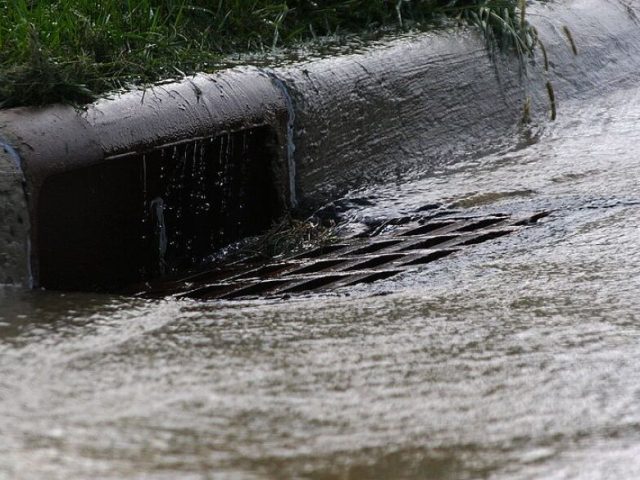Michigan’s Infrastructure: A Stormwater Crisis

The American Society of Civil Engineers (ASCE) recently released its infrastructure report card, assigning the United States an overall grade of “C” and rating Michigan slightly lower with a “C-.” While there has been some progress in areas such as ports, which received the highest grade of a “B,” stormwater infrastructure remains one of the most concerning aspects of both state and national infrastructure systems.
In Michigan, stormwater systems received a grade of “D,” reflecting widespread inadequacies in their ability to manage increasingly intense and frequent rainfall events. Darren Olson, chair of the ASCE infrastructure report card project, pointed out that much of the stormwater infrastructure across the country was built for weather patterns that no longer reflect today’s climate. This mismatch is becoming more apparent as climate change brings more severe and sudden storms. A recent incident that illustrates this vulnerability occurred at Detroit Metro Airport, which experienced significant flooding after 4 to 5 inches of rain fell in a short period—far beyond what the existing systems were designed to handle.
Olson emphasized that the issue is not just poor maintenance but also outdated design standards. The ASCE strongly recommends rethinking how we build infrastructure, calling for forward-looking design that anticipates future weather conditions rather than simply addressing current needs. He argued that infrastructure should be built to withstand conditions projected 20, 30, or even 40 years into the future. This long-term approach is especially critical because infrastructure investment is a slow process—often taking years to move from planning to construction.
Despite federal investments like those from the 2021 Infrastructure Investment and Jobs Act, stormwater systems remain underfunded and overlooked. The consequences are significant: beyond flooding, failing stormwater infrastructure can cause broader disruptions to transportation, health, safety, and economic activity. Olson noted that poor infrastructure overall costs the average American family $2,700 per year, including expenses related to traffic delays, emergency repairs, and service interruptions. Improving infrastructure—stormwater systems included—could save families up to $700 annually while making essential services like manufacturing more efficient.
In conclusion, while there are signs of progress in some infrastructure sectors, stormwater systems are clearly lagging. Olson and the ASCE call for sustained investment and coordinated action among federal, state, and local governments, as well as the private sector, to ensure these systems are prepared for the realities of a changing climate. Without such investment, the nation risks continued vulnerabilities to weather events that are becoming not only more severe but also more common.
Listen to the full interview on WDET Detroit Public Radio.
